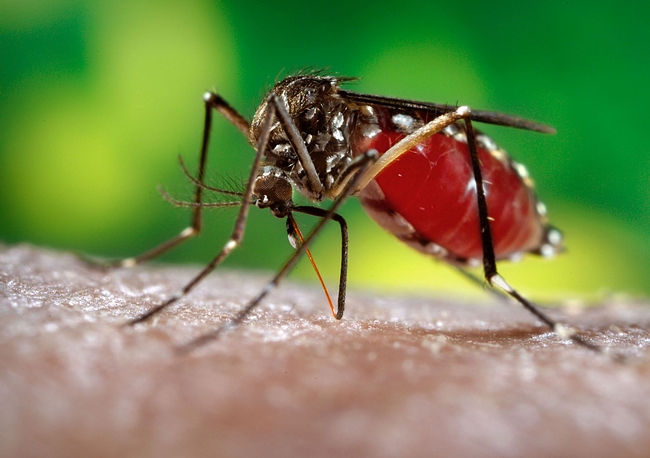
The size and pattern of fluctuations in daily temperature have a large effect on pathogens transmitted by mosquitoes, according to groundbreaking research published today in the Proceedings of the National Academy of Sciences.
The research, led by French, Thailand and U.S. scientists and conceived by medical entomologist Thomas Scott (right) of the UC Davis Department of Entomology, targets the transmission of spread of dengue.

Dengue, transmitted by the daybiting Aedes aegypti mosquito, globally infects 50 to 100 million people yearly. At risk are some 2.5 to 3 billion people, primarily in tropical and sub-tropical countries. The most severe form of the disease, dengue haemorrhagic fever (DHF), strikes half a million a year and kills an estimated 5 percent, according to the Centers for Disease Control and Prevention.
Scott said the study helps to explain a long-standing enigma: “What are the underlying causes of seasonal fluctuations in dengue incidence?” Experiments showed that mosquitoes die faster and are less susceptible to virus infection under large temperature swings, which is typical of the low dengue season, than under moderate temperature variation, which is typical of the high dengue season.
Scott, a noted dengue expert whose goal is to save lives through research, surveillance and implementation of disease prevention strategies, has a longstanding interest in the factors that drive seasonal and annual fluctuations in diseases caused by mosquito-transmitted pathogens. “Traditional explanations for the seasonal increase in dengue are not consistent with my experience in Thailand, Peru, and Puerto Rico,” Scott said.
For more about the research, see the UC Davis Department of Entomology web page or access the PNAS paper.
Attached Images:

The dengue mosquito, Aedes aegypti. (Photo courtesy of James Gathany, Centers for Disease Control and Prevention).